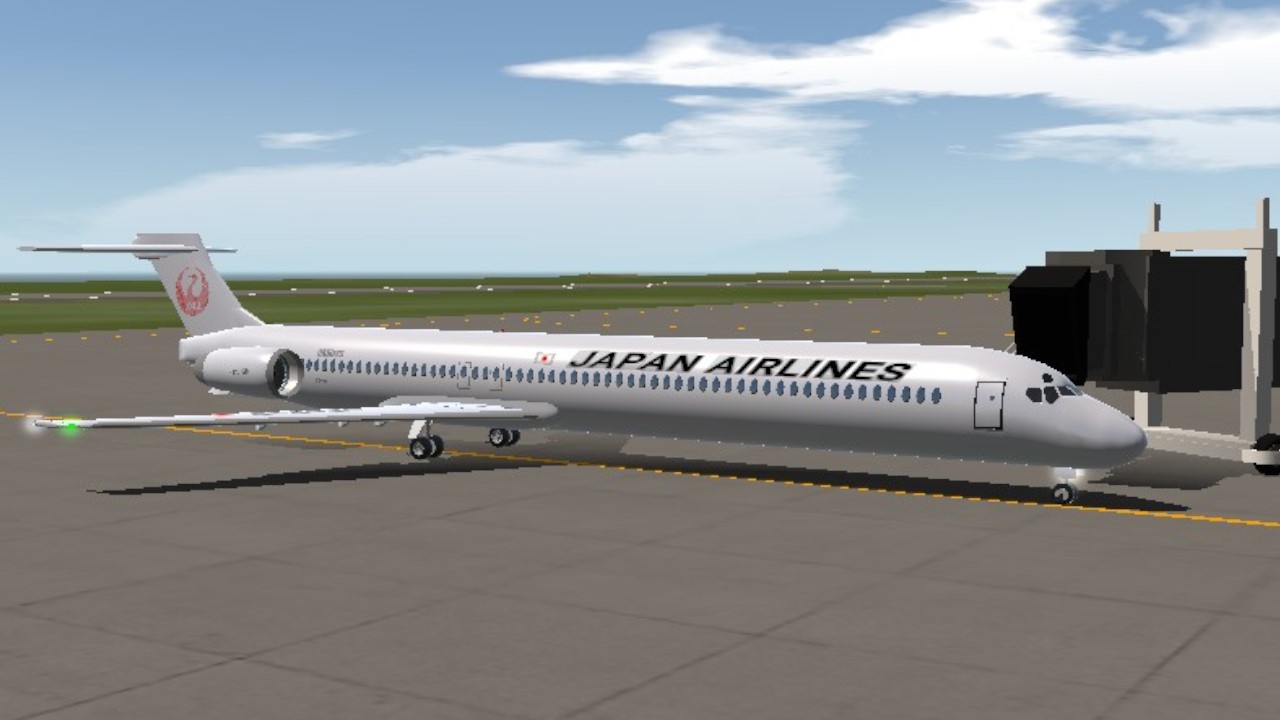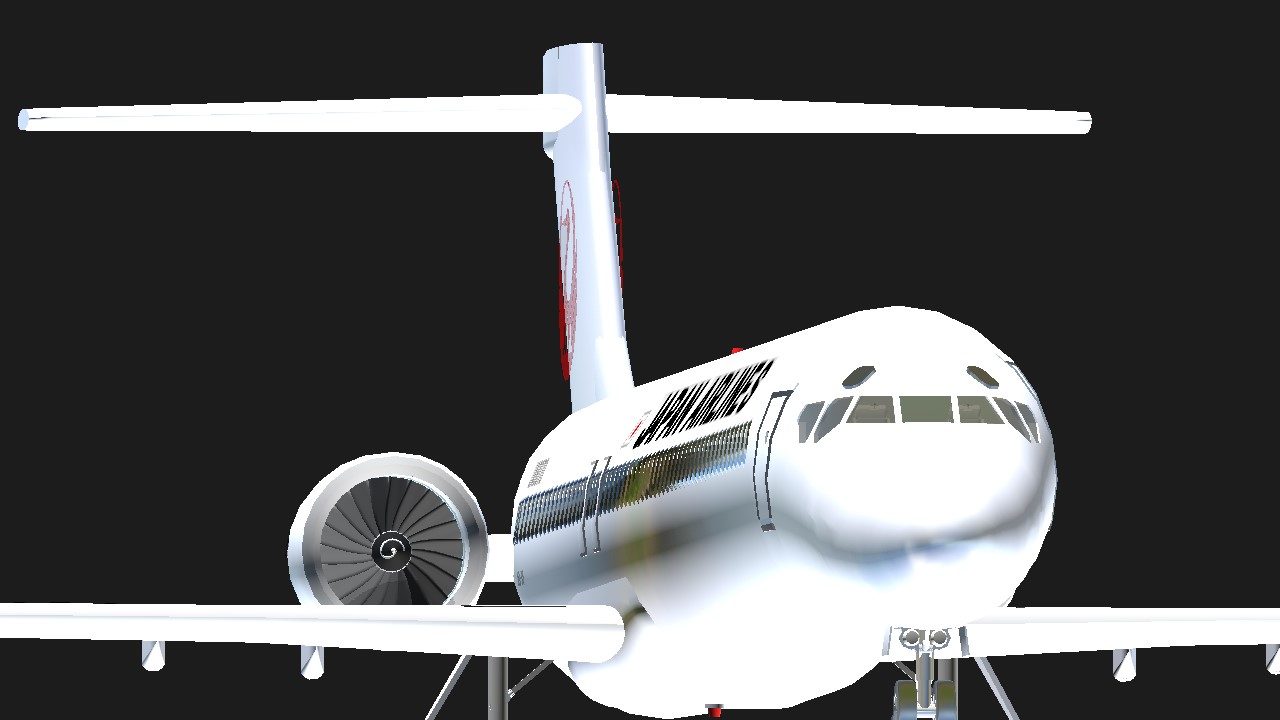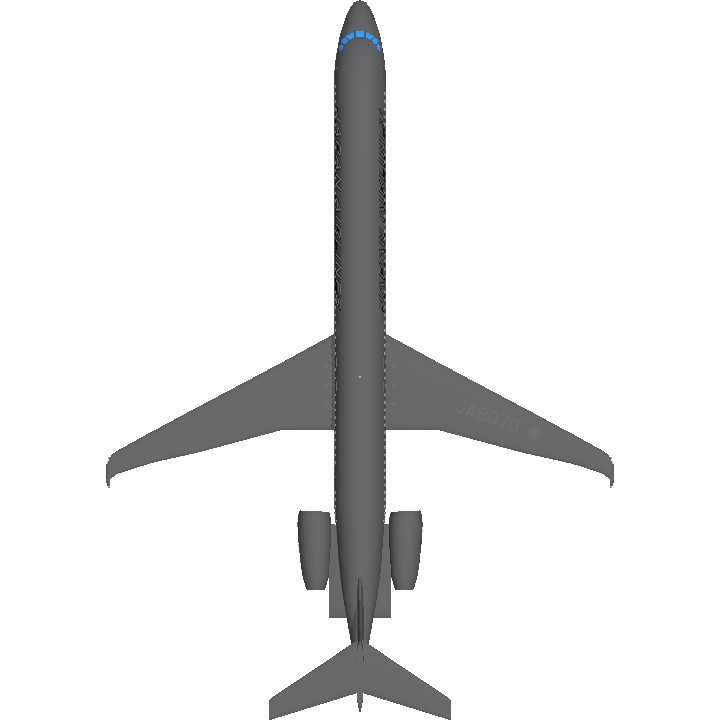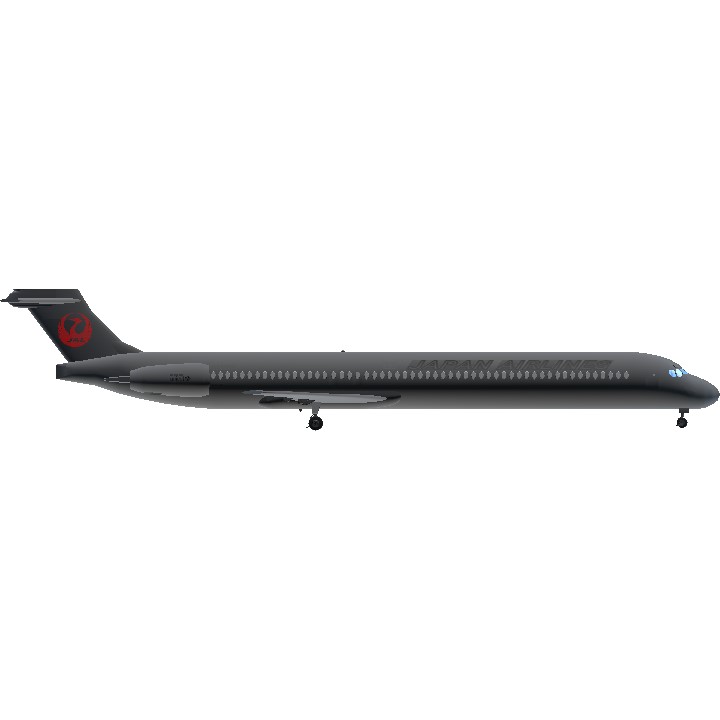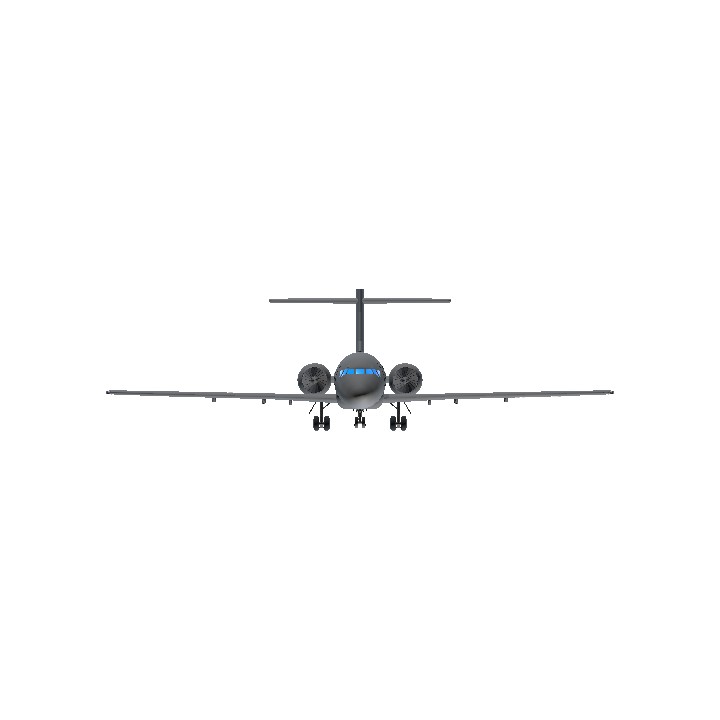JAL's MD-90s had been gradually retired with their old livery, but in 2012, JA8070 was the only MD-90 in the company's fleet to be repainted in the new "Tsurumaru" livery. It was then in operation for about four months, and in January 2013 it operated a charter flight, before being sadly retired in February.
However, JAL's final MD-90 flight, JA8529, operated in March, retained its old livery.
Thanks to Brololxd for the logo and FeiGe3 and GalacticaAsia for the plane.
Logo
Airplane
The McDonnell Douglas (later Boeing) MD-90 is a retired American five-abreast single-aisle airliner developed by McDonnell Douglas from its successful model MD-80. The airliner was produced by the developer company until 1997 and then by Boeing Commercial Airplanes. It was a stretched derivative of the MD-80 and thus part of the DC-9 family. After the more fuel-efficient IAE V2500 high-bypass turbofan was selected, Delta Air Lines became the launch customer on November 14, 1989. The MD-90 first flew on February 22, 1993, and the first delivery was in February 1995 to Delta.
The DC-9 series, the first generation of the DC-9 family with five members or variants (DC-9-10 / DC-9 Series 10, Series 20, Series 30, Series 40, and Series 50) and ten production versions (Series 11, Series 12, Series 14, Series 15, Series 21, Series 31, Series 32, Series 33, Series 34, Series 41, and Series 51), was a commercial success with 976 units built when production ended in 1982. The aircraft series was an all-new design, using two rear fuselage-mounted turbofan engines, a T-tail configuration, and a narrow-body fuselage design with five-abreast seating for 80 to 135 passengers. The success prompted the manufacturer to further develop the first generation DC-9 family into its second generation.
The MD-80 series, the first derivative or the second generation of the DC-9 family, entered service in 1980. The aircraft series was originally designated as Series 80 or stylized as the Super 80, which was a 14 ft 3 in (4.34 m) lengthened Series 50 with a higher maximum take-off weight (MTOW) and higher fuel capacity, as well as next-generation Pratt and Whitney JT8D-200 series engines and an improved wing design. The MD-80 series has five variants or production versions, which are designated with a non-zero second digit similar to the DC-9 series, the MD-81, MD-82, MD-83, MD-87, and the MD-88. A total of 1,191 MD-80 airliners were delivered from 1980 to 1999, making it the company's most successful airliner model. In 1983, McDonnell Douglas began studies on derivatives of the MD-80 series or the third generation of the DC-9 family, which later became known as the MD-90 series.
The MD-90, the stretched derivative of the MD-80 and thus the third generation of the DC-9 family, was launched on November 14, 1989 when Delta Air Lines placed an order for 50 MD-90s, with options to purchase a further 110 aircraft. The type was 57-inch-longer (1.4 m) longer than MD-80 and featured a glass cockpit (electronic instrumentation) and more powerful, quieter, fuel-efficient IAE V2525-D5 engines, with the option of upgrading to an IAE V2528 engine.
Thank you for watching.
I'm using a translation. Apologies if there are any mistakes.

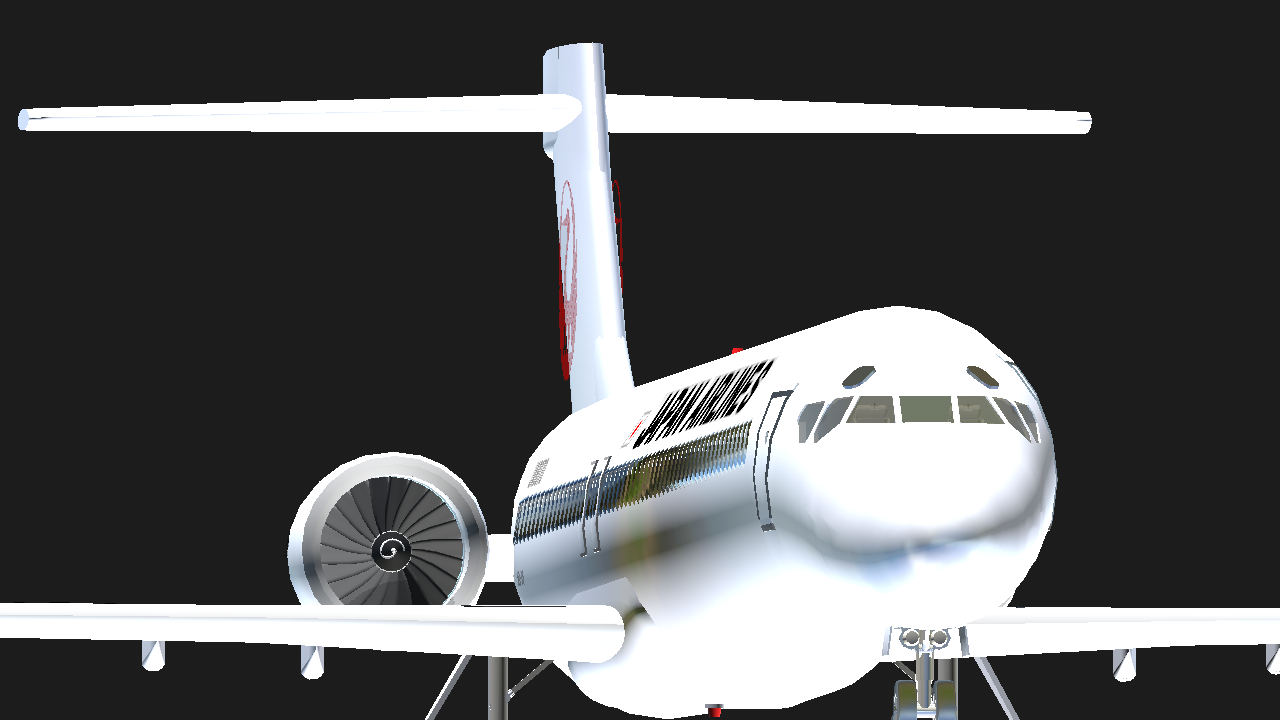
Specifications
General Characteristics
- Predecessor MD-90
- Created On Android
- Wingspan 107.7ft (32.8m)
- Length 152.7ft (46.6m)
- Height 29.9ft (9.1m)
- Empty Weight N/A
- Loaded Weight 41,662lbs (18,897kg)
Performance
- Power/Weight Ratio 0.535
- Horse Power/Weight Ratio 0.072
- Wing Loading 25.5lbs/ft2 (124.3kg/m2)
- Wing Area 1,636.8ft2 (152.1m2)
- Drag Points 8559
Parts
- Number of Parts 637
- Control Surfaces 9
- Performance Cost 3,345

